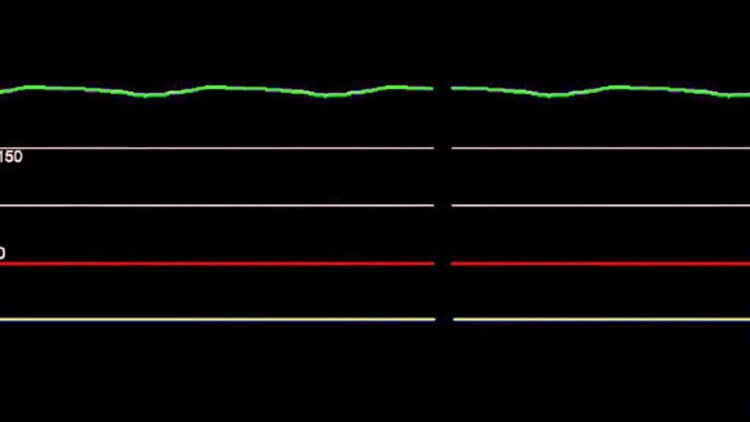
Asystole : Introduction causes symptoms & Management
What you will learn
Asystole : Definition
Asystole : Causes
Asystole : Clinical Features
Asystole :Management
Why take this course?
Asystole: Introduction, Causes, Symptoms & Management
What is Asystole?
Asystole represents the complete cessation of heartbeat. It occurs when there’s a failure in the heart’s electrical system, leading to an absence of electrical activity that causes the heart to stop pumping blood. 💔 This condition can be likened to a “flat-line” on an electrocardiogram (EKG/ECG), where the usual undulating waves are replaced by a flat line, signaling no detectable heart rhythm.
Why is Asystole Called Flat-Line?
Asystole is a clinical sign that can’t be directly observed without medical equipment like an EKG. The test records your heart’s electrical activity as wave patterns, and with asystole, this pattern appears as a straight line—a “flat-line”—indicating no cardiac electrical activity. 📊
How Does Asystole Work?
Understanding the heart’s rhythm is crucial to comprehending asystole. The heart functions through two phases:
- Systole: The muscle of the heart contracts due to an electrical signal, pumping blood throughout your body. 🌟
- Diastole: The heart relaxes and fills with blood in preparation for the next beat. 💧
When asystole occurs, there’s no discernible electrical activity, meaning the heart doesn’t pump blood. This condition can rapidly lead to cardiac arrest, a state of clinical death where resuscitation is required to restore circulation and vital signs.
Causes and Symptoms
Asystole can be caused by:
‘;
}});
- Sudden cardiac arrhythmias (SCA)
- Severe electrolyte imbalances
- Drugs or toxins that affect the heart’s electrical system
- Heart muscle disease, such as myocarditis or cardiomyopathy
- Significant blood loss or extreme physical or emotional stress
Symptoms of asystole include:
- Sudden loss of consciousness
- No pulse and stopped breathing
- Absence of vital signs indicating cardiac arrest
Management and Treatment
In cases of asystole, immediate medical attention is critical. The primary treatment involves:
- Cardiopulmonary Resuscitation (CPR): This can maintain some blood flow to the brain and other vital organs until further medical intervention is possible. 🚑
- Defibrillation: An electrical shock may be needed to restore normal heart rhythm. ⚡
- Medical Intervention: Administration of medications like adrenaline and treatment of underlying causes are essential.
Learning Objectives
By the end of this course, you will:
- Understand the pathophysiology of asystole and its implications for the cardiovascular system.
- Recognize the clinical signs and symptoms associated with asystole.
- Learn the immediate steps to take in managing a patient experiencing asystole.
- Acquire knowledge on CPR techniques and when to use a defibrillator.
- Explore the various causes of asystole, including both medical and environmental factors.
Join us on this vital journey into understanding asystole and its management, where you can make a real difference in emergency situations. 🎓
Enroll now to equip yourself with the knowledge to respond effectively to this critical cardiac condition. Let’s save lives together! 🚑💪
